Treble
Vision Ears told us that the highs in this monitor received special treatment. After testing it I can confirm that easily. This is the most focused area of the VE7 with an incredible extension and clarity in the treble. It almost feels like the cymbals are playing right in front of you for real with tremendous transparency. It has great realism in that respect.
The treble is very sharp and focused with great refinement. The articulation here is also fantastic with a perfect micro detail performance. And bear in mind, I almost never use the word “perfect”, but the VE7 manages to do that in my opinion. The treble performance of the VE7 is simply incredible. The separation of the treble from the rest of the spectrum is another aspect of the VE7. Highs have tremendous air and you experience a very wide and atmospheric feeling with great spaciousness in the treble.
On the other hand, as I remarked on the previous page, this presentation is not the best for some genres. With Metal music, for example, the highs can get overwhelming because for that type of music an IEM should be a bit more forgiving and maybe “tamed” to some degree to sound more relaxed and smooth. The VE7 is not that type of an IEM. It needs a great source and great recordings to show its full potential. It’s so transparent and resolving, so you might not get away from a badly recorded song or an inadequate source.
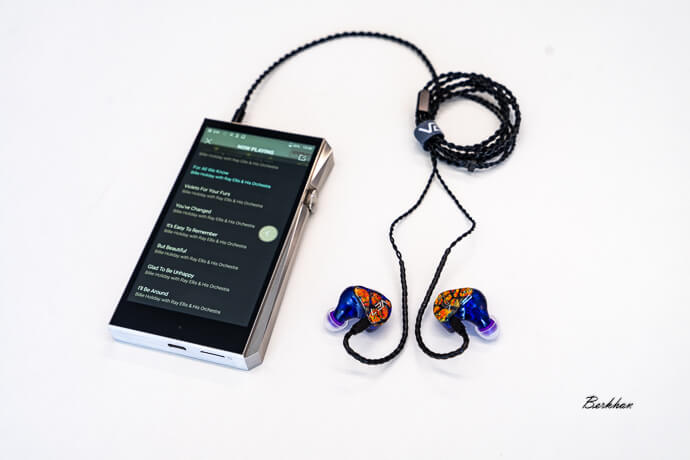
Vision Ears VE7
Technical Performance
The VE7’s technical performance is very strong. Starting with the soundstage, it’s one of the widest sounding IEMs I’ve ever experienced with a great amount of air with fantastic positioning. I think many professionals can use this IEM too, for spotting everything in a recording in a neutral way. Its stereo imaging is excellent, especially with a high-end DAP like the SP2000. In terms of staging, imaging, and positioning, the SP2000 & VE7 setup feels like the endgame for a portable system. The stage depth is impressive too, but not as much as the width.
Overall resolution is one of the best among high-end IEMs. You can hear every breath, feel every nuance, and spot every instrument. And all of that is in a very coherent presentation. Separation is marvelous and that’s why I think it’s great for Classical and Jazz. It almost feels like this IEM is built for those genres. Just close your eyes and enjoy the “Tunji” from John Coltrane for instance.
The VE7 is quite balanced as well. It’s not that much all-rounder like the VE8, but it’s still quite coherent and controlled. The boosted areas don’t feel unnatural at all, such as the treble and upper mids, as they sound very very clean without any wrong tonality at all. The timbre in the VE7 is also excellent with instruments and it sounds very realistic and lively. Though it’s a neutral IEM, you get well engaged to the elements of a song with great dynamism. Everything is crystal clear and life-like.
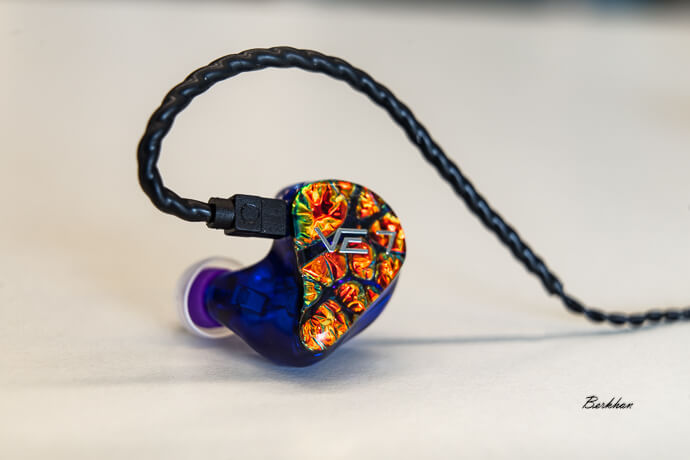
Vision Ears VE7
Recommended Albums
Idle Moments – Grant Green
Coltrane – John Coltrane
Brahms Violin Concerto and Hungarian Dances
Haydn/Beethoven 24/96
Comparisons
Pneuma has a very different approach with a bigger midbass response. It’s overall a warmer sounding IEM, especially in the mid-range. Pneuma is also is more forgiving, whereas the VE7, particularly in the treble, is not. However, its treble is more extending and articulated with better transparency.
Pneuma suits better to the general audience a bit more because of its warmer tonality and bigger bass. VE7 has a more spacious sound with more air, as well as a wider stage. I think in terms of technical performance the VE7 is superior especially in terms of resolution and transparency. But the Pneuma is more forgiving and smooth. So if you prioritize technical performance and neutrality, the VE7 is the way to go. Otherwise, you can choose the Pneuma with a bit of sacrifice in technicalities.
The PMX sounds warmer with its wooden shell, with a bigger midbass body. The mids in the PMX are also fuller with a meatier approach. The timbre in the PMX is fantastic. The VE7’s timbre is also very impressive, but it prioritizes sheer transparency and clarity a bit more. Hence, it’s the more resolving and transparent IEM when compared.
Treble is a similar story. Once again the VE7 is fantastic in the treble, and it’s very hard for other IEMs to reach that kind of treble response. But PMX holds its own in its own approach to sound. If you listen to the PMX alone, you might say that it has an endgame-like treble. But when you experience the VE7, it sets the bar even higher and that really surprises me. It proves that it’s not all about EST drivers. In terms of sound-stage, the VE7 once again is wider and deeper. PMX is a bit more balanced and coherent though.
So as usual this comes down to personal preference. Both are fantastic IEMs from Germany.
Softears RS10
I haven’t yet reviewed the RS10 but it’s also a very transparent and resolving IEM. Its bass is very impressive for a BA monitor, and its mids are just a hair warmer than the VE7. In terms of treble VE7 is absolutely better with a tremendous amount of air, extension, and detail. Although the RS10 also has a fantastic treble response, it’s not as focused as the VE7.
Another difference here is the soundstage. The Vision Ears VE7 has a huge and wide staging performance compared to the RS10. RS10 on the other hand is more intense and dynamic, and it’s also more flexible when it comes to different music genres.
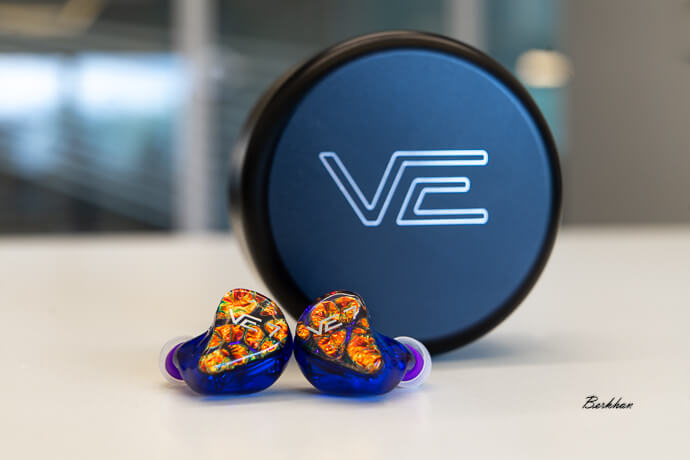
Vision Ears VE7
Conclusion
The Vision Ears VE7 has endgame technical performance, a fantastic treble response, incredible resolution, and transparency, all in a neutral and reference-like signature. If you like having your treble crisp, articulated and transparent, this is a no-brainer, if you have the budget of course. Speaking of it, I think the VE7 is well worth the price in the portable market at this time.
I expected nothing less from Amin and the team though. Vision Ears always delivers when it comes to sound, and fit. I think I can’t emphasize that aspect enough, because it amazingly has a custom-like fit to my ears with fantastic comfort. I think all in all this is an excellent IEM with a sound performance being nothing short of spectacular. Just like VE said, “pure clarity”. It can’t be described better.
This is automatically a recommendation for me.
Page 3: More About Sound Quality, Comparisons & Conclusion






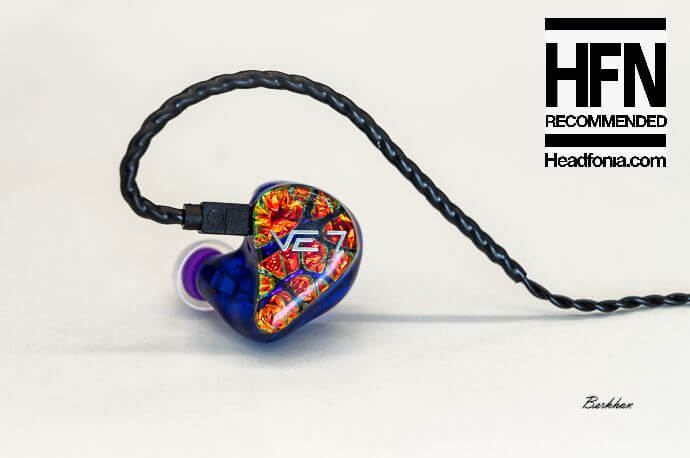

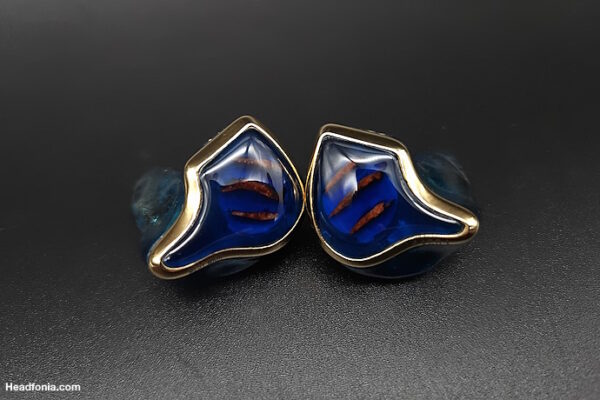
Ben
Hi Berkhan,
You reviewed ESR mkii previously. Can you compare it with VE7? I think both of them are neutral monitor.
BR,
Ben
Berkhan
Somehow I missed this comment. Sorry about that.
If it still would help, I’d say the ESR is more balanced and linear with a hint of warmth. It has a wider sound-stage too.
The VE7 has better treble response with much more energy and clarity. And overall it’s the more transparent and resolving IEM but the ESR is much more easier to listen to.
fede
Hello Berkhan,
Thank your your review, quite timely to me. I’m considering the VE7, which I had the chance to test alongside other IEMs, in particular the 64Audio A12t.
I would be keen on your view vs the A12t (I’d say, VE7 has smaller stage, less bass overall when M20 is on, more forward/vivid vocals, more natural trebles) and perhaps the DUNU DN2000, the ones I’ve been running with for a while (a.o. VE7 has more forward mids, less U-shaped – but how about sub-bass??).
Thanks!
Berkhan
I think A12t would sound wider with less energy in the treble section. But it has been a long time since I’ve listened to it in a show.
For Dunu, I don’t know how it sounds so I can’t compare.